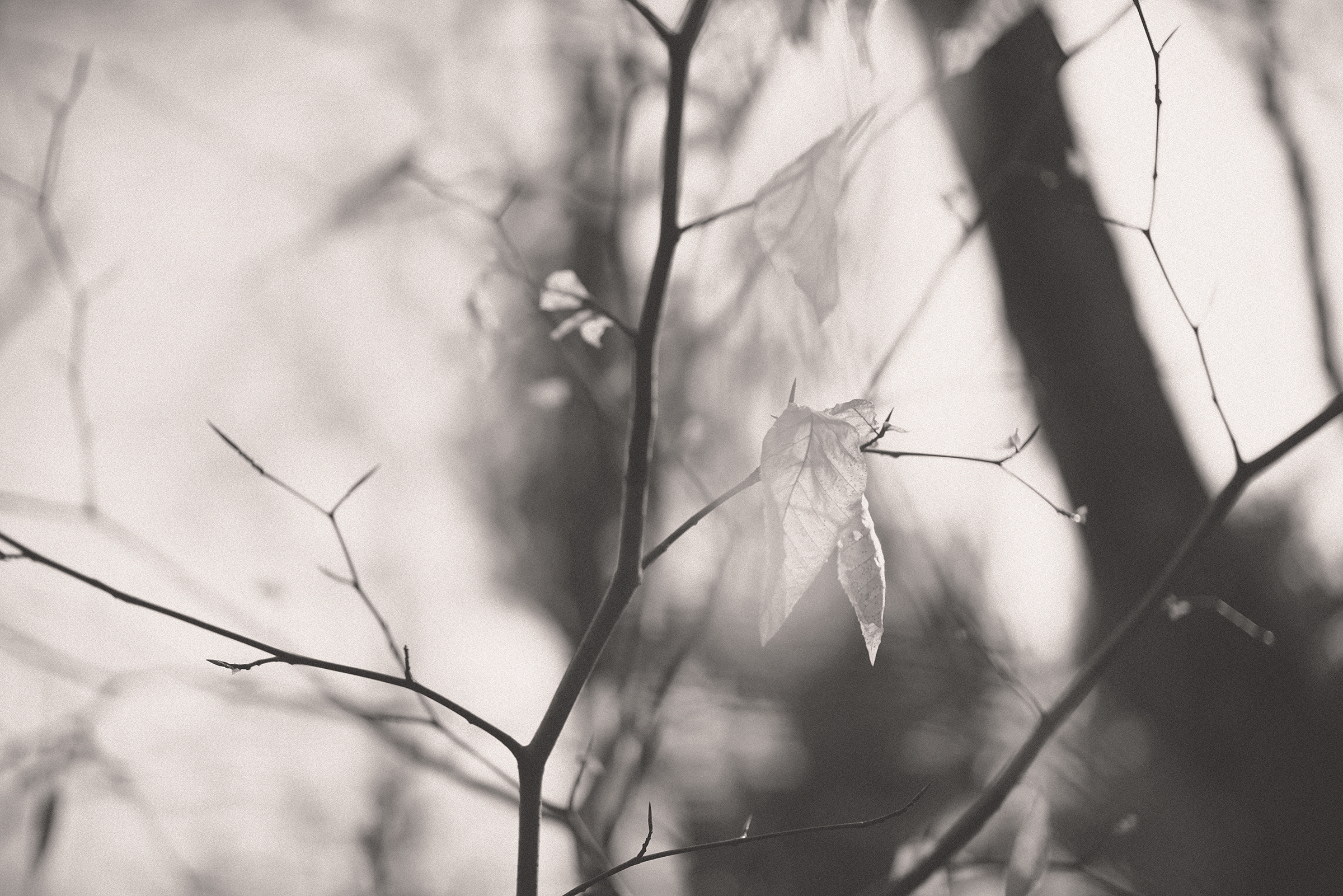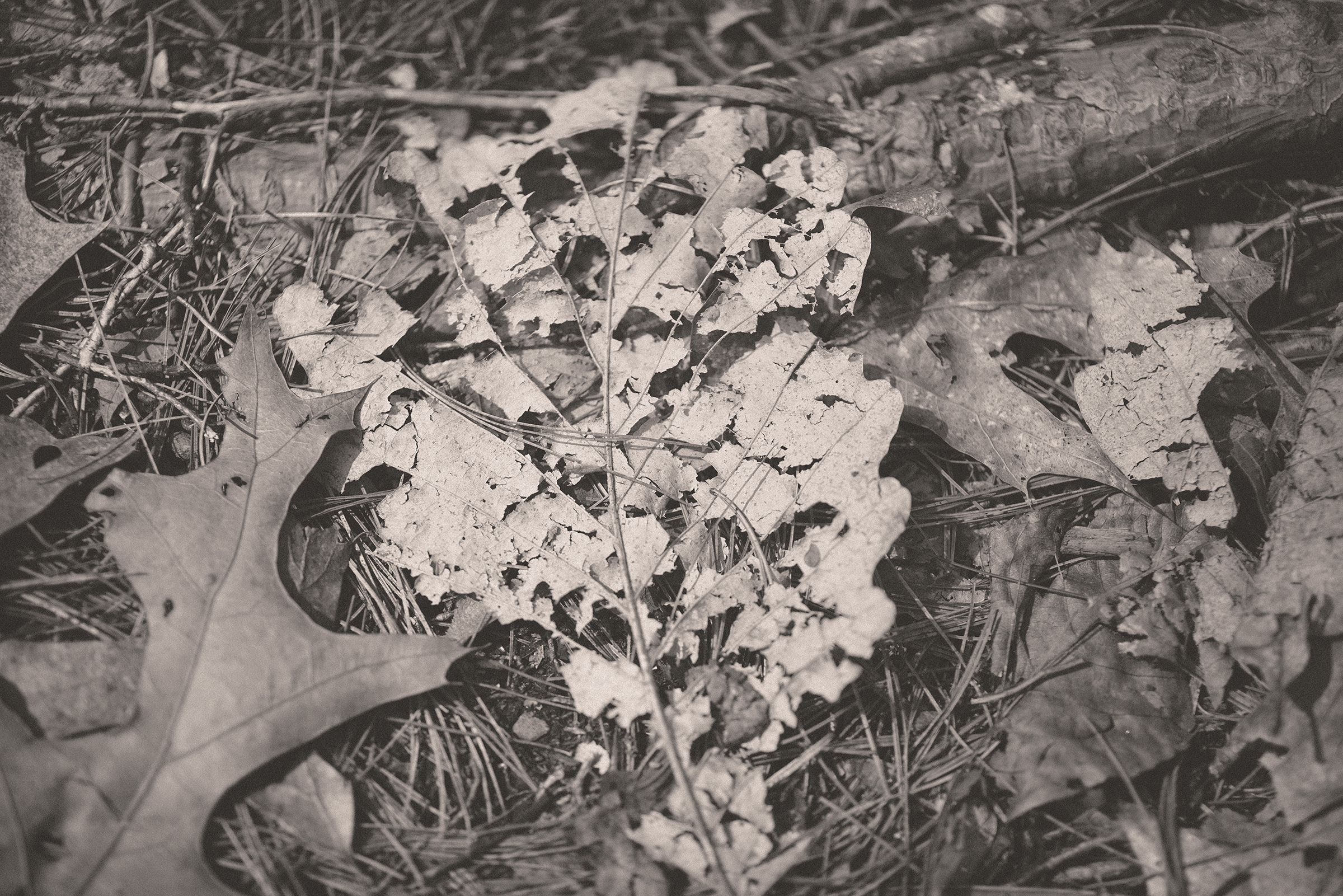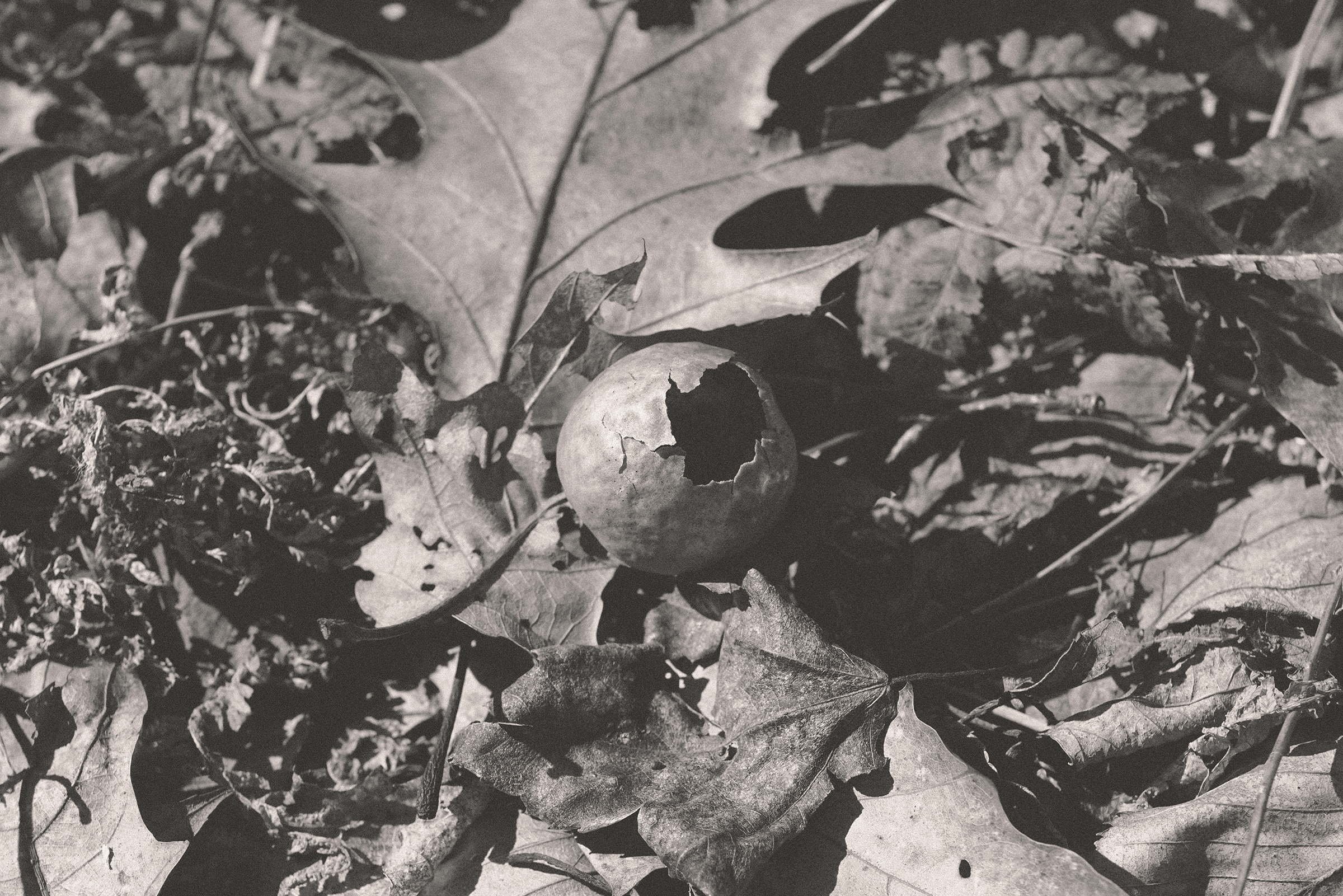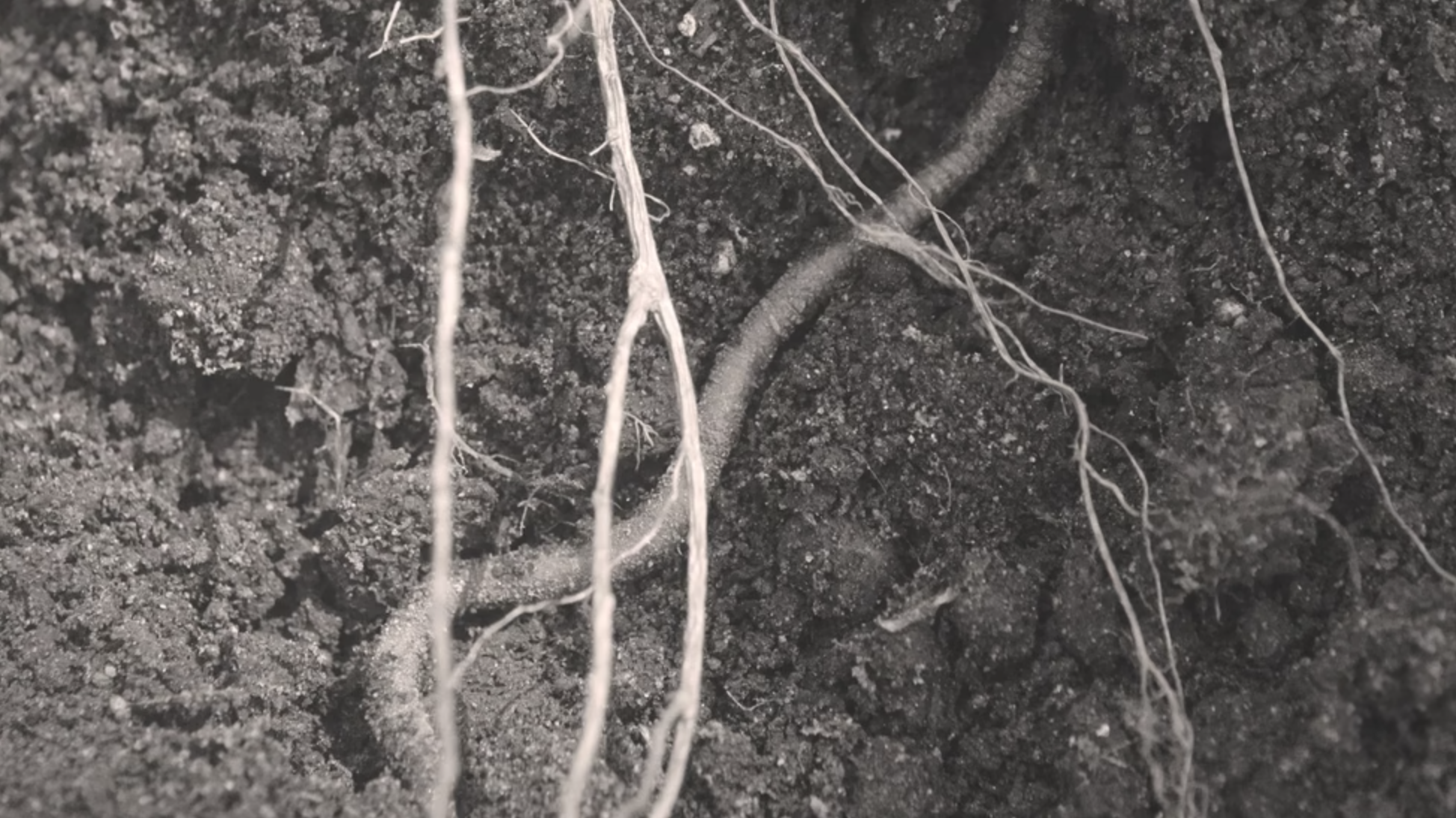Orca Living
Photographs + Writing
Prompt: Life in the leaf litter and the importance of leaves in biodiversity


How does a tree part with a leaf?
What unfolds through this liminal space of surrender, and transition – within the passing of time?
Each time a leaf departs, it descends to the ground. Drifting through swirling eddies of air, it enters the simultaneous cycle of growth and decay.
A genesis begins when a leaf falls from a tree. By chance, downward, it lands, and layer by layer, a blanket of life force starts forming that protects, insulates, and builds the soil. This is where the more-than-human world resides too, invisible to the naked eye. Through it, the tree remains intertwined in the perpetual flow of air, water, nutrients, carbon, and energy. A blanket that supports, and weaves the web of life.
Grows through, and becomes with, the leaf litter is pulsating – from microorganisms decomposing leaves to mushrooms decaying lifeless branches of trees. To insects seeking refuge and food, and birds foraging on them, to new matter pushing through decay. Beyond, countless interactions unfold, each with its own timing, and need to become.
In between the boundary of the atmosphere and ground, water returns to the soil in the form of rain, and leaves retain this moisture.
Reciprocity
In urban landscapes, impermeable surfaces cover the soil, and manicured lawns, stripped of wild randomness, prevail. In a natural system, a surface is an entrance into an ecological cycle leaves are predisposed to be in relationship with. Our current ways of being disrupt this reciprocity, and the biodiversity it sustains.
Nature’s Mulch
Yet, leaves conceal, akin to their role on the forest floor, being nature’s mulch – suppressing weeds, holding on to water, creating habitat, and nurturing the soil.
Leave the Leaves
A catalyst – life across scales depends on the leaf litter at diverse phases of the life cycle. To allow fallen leaves to decompose in place or add them to compost is to honor the the sacred interdependence found on Earth.



The Atlantic
Photograph
Prompt: Earthworm
